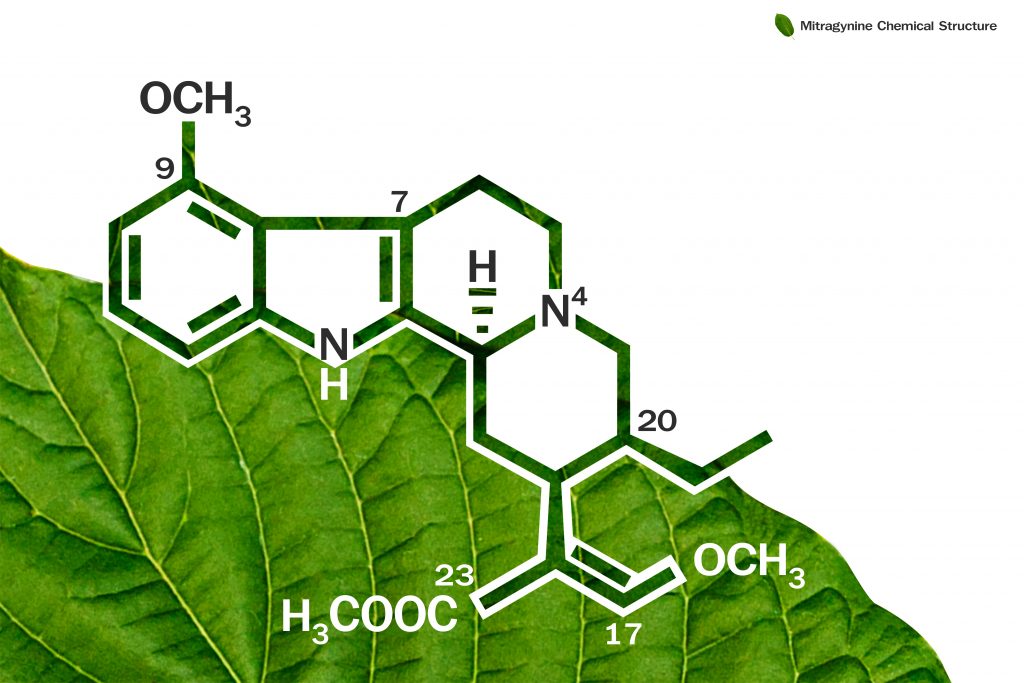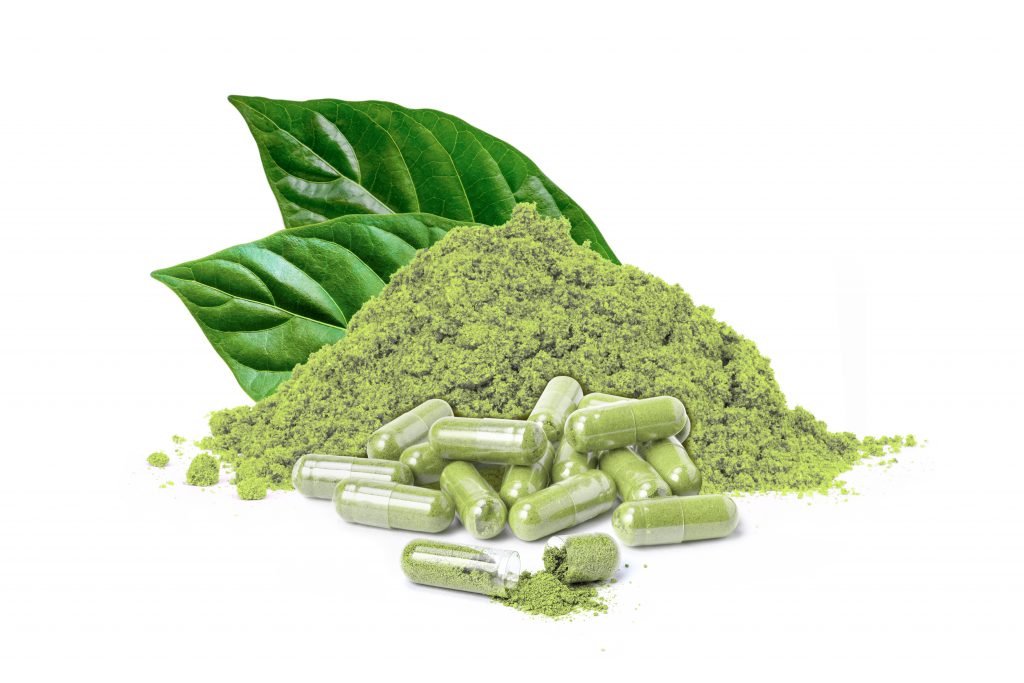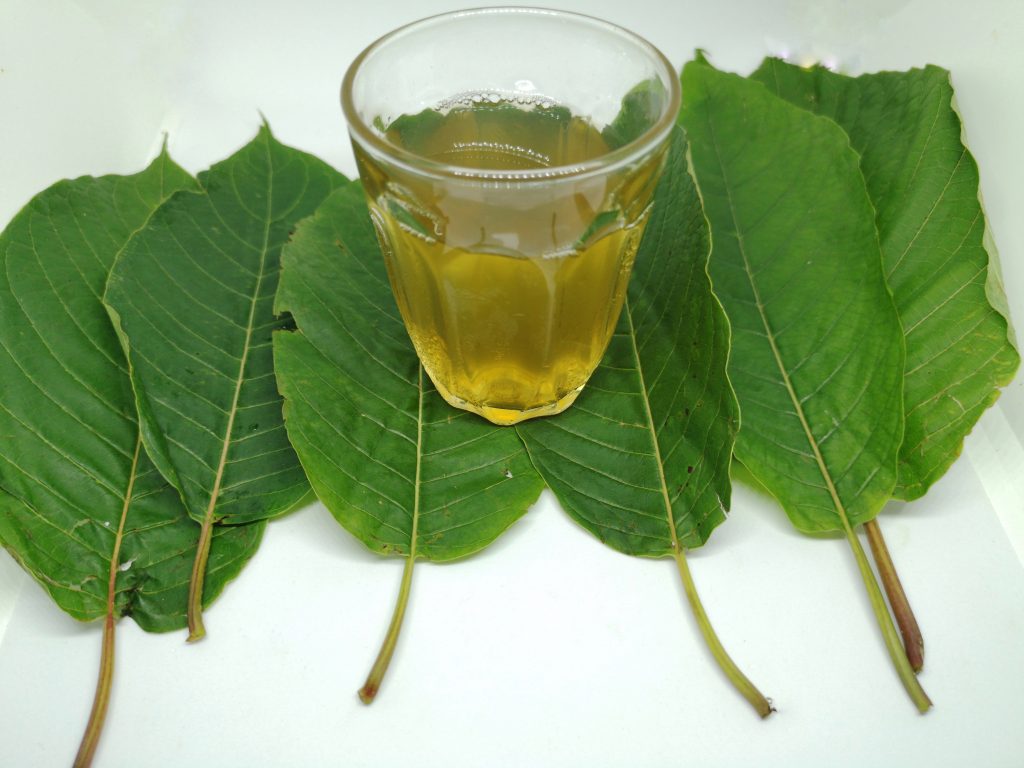Though kratom has been around for quite some time, it has only entered into the mainstream arena within the last several years. As a plant, it offers many different medicinal and recreational qualities. So, here’s a bit about kratom strains and what they can do for you.
Different kratom strains are rising in popularity which means natural medicine is getting even more popular. Cannabis is still the #1 natural medicine today, and with the growing cannabinoids market, you can take advantage of different compounds other than standard THC. Like delta-8 THC – which doesn’t cause the same anxiety as delta-9, THCV – which might be an answer to the obesity epidemic, and HHC – which provides a milder version of regular THC. Check out deals for the new year to find your perfect product.
What is kratom?
Before getting into the specific strains of kratom, best to answer the question of what it is. Kratom – or Mitragyna speciosa, is a tropical evergreen tree native to Southeast Asia. It’s actually from the coffee family. Kratom can be found in Thailand, Papua New Guinea, Malaysia, Myanmar, and Indonesia, and has been used in natural medicine for at least hundreds – and possibly thousands, of years. It became a part of Western medicine in the 1800’s when Pieter Willem Korthals, a Dutch botanist, classified the plant as Stephegyne speciosa. This was later reclassified by George Darby Haviland in 1859 to it’s current status.
Kratom can produce a stimulant effect similar to coca leaves when its leaves are chewed. But there’s a strange aspect to kratom apart from this. While it can be like the coca plant in small doses, where euphoria and alertness are triggered, it can also act more like an opiate, and overall downer, in higher doses.
Why does this happen? While it’s not well understood, kratom has 26 different alkaloids which have been identified, and they are responsible for the different attributes of the plant. These include: 7-hydroxymitragynine, mitragynine, and (-)-epicatechin, among others. 7-hydroxymitragynine only comprises a small percentage of the plant, but its potent, and reacts with opioid receptors.
The most common alkaloid is mitragynine, which binds to delta receptors to give stimulant effects in smaller doses, and which also binds to mu receptors in larger doses, which creates a sedative effect. This compound could explain the difference in effects at different doses. Lastly, it contains alkaloid (-)-epicatechin, a compound that acts as an anti-inflammatory agent, and which can minimize free radical damage. This flavonoid can be found in other places like cherries, grapes, tea leaves, cocoa, apples, blackberries, and broad beans.

Sometimes its even considered a psychedelic because of its alkaloid structure, which resembles the structure of drugs like psilocybin and LSD. However, even with a similar alkaloid structure, and the ability for euphoria and stimulation, it does not produces the same psychedelic effects as the other drugs mentioned.
Is kratom addictive?
This is an important point to touch on. Though local governments certainly have it out for kratom, it’s good to remember that these same local governments were/(and often still are) putting out smear campaign after smear campaign for cannabis, just to take 180º turns and legalize it when they can no longer substantiate their made up arguments. Perhaps this is simply to help bolster pharmaceutical industries by keeping natural plants away from consumers. Whatever is going on isn’t quite right, and really, kratom is a great example.
There are studies that show a certain level of dependence on the plant, but perhaps this word shouldn’t be used at all. A dependence is an addiction, it’s simply another word for it. ‘Dependence’ is often used to denote a physical dependence, and the word ‘addiction’ is generally used for that same concept, but in the context of continuing to do the drug despite negative consequences. These definitions aren’t different, no matter how much this is flubbed in the press. They both denote a situation whereby a user’s body has acclimated enough to a substance, that a certain level of withdrawal will happen upon stopping, thus keeping the user using.
In fact, to give an idea of just how ridiculous this gets, check out this attempt to differentiate the two according to Turnbridge: “When people talk about addiction, they are usually referring to the harmful effects that drugs and alcohol have on a person’s behavior. When they talk about dependence, they are typically inferring that the person is reliant on drugs and alcohol, despite the negative consequences.”
One is saying that a person is going to keep taking something despite its harmful effects, and one is saying that a person is going to keep taking something despite its negative consequences. Maybe it’s just me, but ‘harmful effects’ and ‘negative consequences’ sound about the same. In fact, this definition is trying so hard, that it leaves out one of the main aspects of addiction, and then only relates it to dependence; that a person is reliant physically or mentally. This is the same for both terms, meaning in the end they are merely synonyms.
This is all important here, because whatever research that did show some sort of addiction/dependence, also strongly indicated that while the plant can (if this is even true) cause a certain level of dependence, this dependence does not lead to bad health, like it does much of the time with hard drugs like opioids. As in, those who use kratom, remain healthy. If this is an addiction, sounds like a pretty good one to have. In fact a 2014 study out of Malaysia showed literally no impairment of social functioning, with literally all complaints coming out of the West, where the pharma industry reigns supreme.
What can kratom be used for?
This is an interesting question which has more to do with where it’s being used at this point, East, or West. Traditional uses out of Southeast Asia include chewing the leaves, making them into a tea, or smoking them (though this is less common). Historically its been used to treat fever, pain, wounds, to enhance physical endurance, to stop diarrhea, and for stress relief. It has also been used to help with substance abuse and withdrawal. Imagine that, a plant fingered by the West for causing addiction, is actually known to help deal with addictions from actually dangerous drugs.

In fact, in the West, that’s one of its main purposes. Yes, you can facepalm this one. While the West tells you its addictive, its main use, aside from pain relief, is to help people deal with addictions to other drugs. It has also entered into recreational use in the West, sold as a way to get high, with concentrated forms of alkaloid mitragynine becoming the main ingredient of products. This is NOT how its used in Southeast Asia.
In Southeast Asia, the plant can be legally distributed, meaning the producer is known, whereas in the West, it generally comes from anonymous internet sites, and often in unusual forms, like pills, capsules, powders, and gum.
Whereas kratom has no death count in Southeast Asia, these unsafe practices in the West have led to reports of seizures, hypothyroidism, and liver injury, although a closer look indicates strongly that its still not even kratom, but mixtures with other substances. Case in point, ‘Krypton’ out of Sweden, which caused nine deaths, but which also included the synthetic opioid O-desmethyltramadol.
Kratom strains by color
Like with most plants, there is not just one type of kratom, but many strains, each which can offer specific benefits. The strains can be separated by color and by location. When dealing with color, this relates to the veins of the leaf. The three main colors are white, green, and red:
White – White strains are very popular and are related to many benefits including stimulating and energizing effects. They can increase mental alertness, lift mood, help with concentration, and promote better stamina. Overall, they have more of an upper effect than the other colors.
Green – These strains are like middle strains for effects. They can be relaxing or energizing, but not in extremes, so no feeling super drowsy or super stimulated. These strains are especially good for muscle and joint pain, and are often looked to for their euphoric effects.
Red – These come from letting the plant mature more, as that means higher amounts of 7-hydroxymitragynine, which is known for binding to pain receptors. These strains are the best for pain relief, as well as promoting feelings of calm and relaxation, and promoting sleep. This is opposite to white kratom, and represents the other end of the spectrum.
Kratom strains by type
Apart from color, kratom types are often denoted by the location they were found, as different climates can produce different kinds of plants. Each type can be found in the different colors red, green, and white, meaning each type can be associated with different strains, which have different effects depending on the color they are.

Malay – These strains are known for their stimulation effects and pain reducing effects, which are not brought on with fatigue or drowsiness. They are good for positivity, focus, and attention. These strains are often mixed with green or white strains since together they prevent overstimulation. These are longer lasting strains.
Sumatra – From Sumatra, Indonesia, the red version can be used for stress reduction and sleep, whereas the white version is more for energy and euphoria. These strains also last a little longer, but lack the intensity of some, and are good for promoting focus and stimulation for a whole day.
Maeng Da – These are stronger strains out of Thailand. They can be used as a caffeine substitute as they promote energy and mood. Their effects are long lasting and intense, leading many users to take smaller doses. Their pain relief qualities kick in at higher doses, when they can produce feelings of calm and control anxiety, as well.
Bornea – Also known as ‘Bali’ kratom, these strains are more relaxing than others, and promote feelings of euphoria, as well as helping with pain relief. They produce less energy and stimulation than other strains, and are known more for their downer and pain controlling effects.
Vein kratom – This doesn’t denote specific strains, but a different way of using the plant. Vein kratom relates to using the stems and veins of the plants specifically to access different alkaloid combinations. This is done through crushing stems and veins, which has been known to produce calming and mood-enhancing effects.
Then there is also yellow kratom, which is generally a mix of two other colors. This means yellow does not indicate a distinct strain type, but a combination of two different color strains. There is also Bentuangie Kratom, which is specifically a fermented red kratom, and which is known by users for its intense pain relief qualities.
Conclusion
Not only has plant medicine been around for thousands of years, but it has persisted through the advent of Western medicine, which says quite a bit about the positive benefits that plants can provide. In the case of kratom, I’ll venture a bet that it won’t solve a lot of problems if the user isn’t willing to take a look at their life and habits, and make major changes within. But that doesn’t mean it can’t help. If you think kratom might be beneficial for you, check out the different types and strains available to find one that meets your needs, and as always, make sure to know your brands if you want to ensure quality.
Welcome to CBDtesters.co! Thanks for joining us at the internet’s #1 spot for the most relevant and interesting cannabis and psychedelics-related news going on today. Read-thru regularly to stay on-top of the quickly-moving landscape of legal drugs and industrial hemp, and remember to sign up for The THC Weekly Newsletter, so you always know what’s going on.
Disclaimer: Hi, I’m a researcher and writer. I’m not a doctor, lawyer, or businessperson. All information in my articles is sourced and referenced, and all opinions stated are mine. I am not giving anyone advice, and though I am more than happy to discuss topics, should someone have a further question or concern, they should seek guidance from a relevant professional.
As always, the subscribers of the THC Weekly are the first to put their hands on this new and exciting cannabinoid-based products. Subscribe today, get our exclusive discounts and be the first to try new Delta 8, Delta 9, Delta 10 THC, THC-P, THC-O, THCV and other hemp-derived THC products.